Ectrosia nervilemma
(B.K. Simon) Night.
Previously known as Plancihloa nervilemma
This species is found throughout Cape York Peninsula (CYP), north of Cairns. Notably there are no collections from the south western region of the peninsula, from Staaten River National Park to Karumba. Considered an ephemeral, it is short-lived and present only when conditions are favourable and may be not collected in that region because of lack of access during the wet season. It stands between 12-40 cm tall when flowering, with narrow leaves arising from the base and along the stems (Fig. 1). The basic flowering units or spikelets are arranged singly along a central stem or along branches arising from a central stem (Fig. 2). The spikelets arise from the flowering stem well above the leaves, are well spaced from each other and often held at right angles to the stem or drooping. Each spikelet contains 2-8 florets (modified grass flowers) which overlap in a herringbone pattern (Fig. 3), the spikelets are laterally compressed, i.e. flattened along their sides. The lemma, the dominant visible structure of the floret (Fig. 3), has distinct green and white stripes when fresh and is often purple tinged. The lemma tapers into a distinct awn/bristle giving the tip of the spikelet a spiky appearance. Compared to many other common species of Ectrosia this species has quite short wide spikelets, the ratio of the spikelet length (excluding the awns) to the spikelet width is 3 or less (Fig. ), compared to greater than 3 in species like Ectrosia leporina (Fig. 4) (Nightingale et al. 2005). Also note that when looking at the broadest face of the spikelet the sides of the spikelets are relatively straight, in other species with short wide spikelets the sides of the spikelets become quite recurved or bent backwards or outwards.
Botanical Description (ATH)
Flowering culms 12-40 cm high, stature slender to delicate, erect to drooping. Leaf blades 1-4 mm wide and hairy. Inflorescence an open panicle, 6-17 cm long, 1.5-3 cm wide, spikelets widely spaced along the branches and central stem. Spikelets of 2-8 overlapping florets, 5-11 mm long, 3-6.5 mm wide. Glumes paired at based of spikelet, lower glume 2.5-4 mm long, upper glume 3-4.5 mm long (Fig. 3). Basal lemmas 3-6.5 mm long, with tapered to sharp point or awned (Fig. 3), lemma awns longer on upper florets.
Diagnostic Features (ATH)
As a general guide Ectrosia species are usually purple tinged, have awned lemmas (although they can occasionally be absent on florets of this species) and usually do not grow above 60 cm. This species is one of four species of Ectrosia which are few flowered and have a spikelet length to width ratio of 3 or less, compared to greater than 3 (Fig. 4). These shorter and wider spikelets are diagnostic for Ectrosia anomala (Fig. 5), Ectrosia confusa (Fig. 6), Ectrosia gulliveri (Fig. 7) and Ectrosia nervilemma. Ectrosia nervilemma is distinguished from the E. gulliveri and E. confusa by the straight or rounded back of the floret (Fig. 4). In E. gulliveri and E. confusa the lemma edges are concave with the tips of the lemma recurved or bent outwards which give the top a flared appearance (Fig. 6 & 7), and in E. gulliveri the lemmas are hairy. Ectrosia anomala is only collected from fewer than 10 localities in CYP and is distinguished from E. nervilemma by the more closely arranged spikelets and size of the spikelets (Fig. 5); 2-3 mm wide in E. anomala and 3-6 mm wide in E. nervilemma. Very superficially this species may be confused with species of Eragrostis (Fig. 8), the spikelets are similarly arranged on the flowering stems, are laterally compressed, and the spikelets consist of florets arranged in a herringbone pattern, however, species of Eragrostis do not have spikelets with awns/bristles present.
Natural Values (CYNRM, ATH, others)
Considered an important food species for the Golden Sholdered Parrot for wet season and dry season feeding and referred to as “glimmer grass” in Crowley et al. (2004). “Usually only used for short periods, glimmer grass flats are considered critical to parrot survival through periods of food scarcity” (Crowley et al 2004).
Habitat
Found north of Cairns throughout Cape York Peninsula (CYP), with the exception of the south western region of the peninsula from Staaten River National Park to Karumba (Fig. 10). Found with a high species diversity of annual grasses, and an overstorey of Melaleuca, Casuarina or Eucalyptus (Crowley et al 2004). Often found in seasonally inundated low lying areas with clay or sandy soils (Simon & Alfonso 2011).
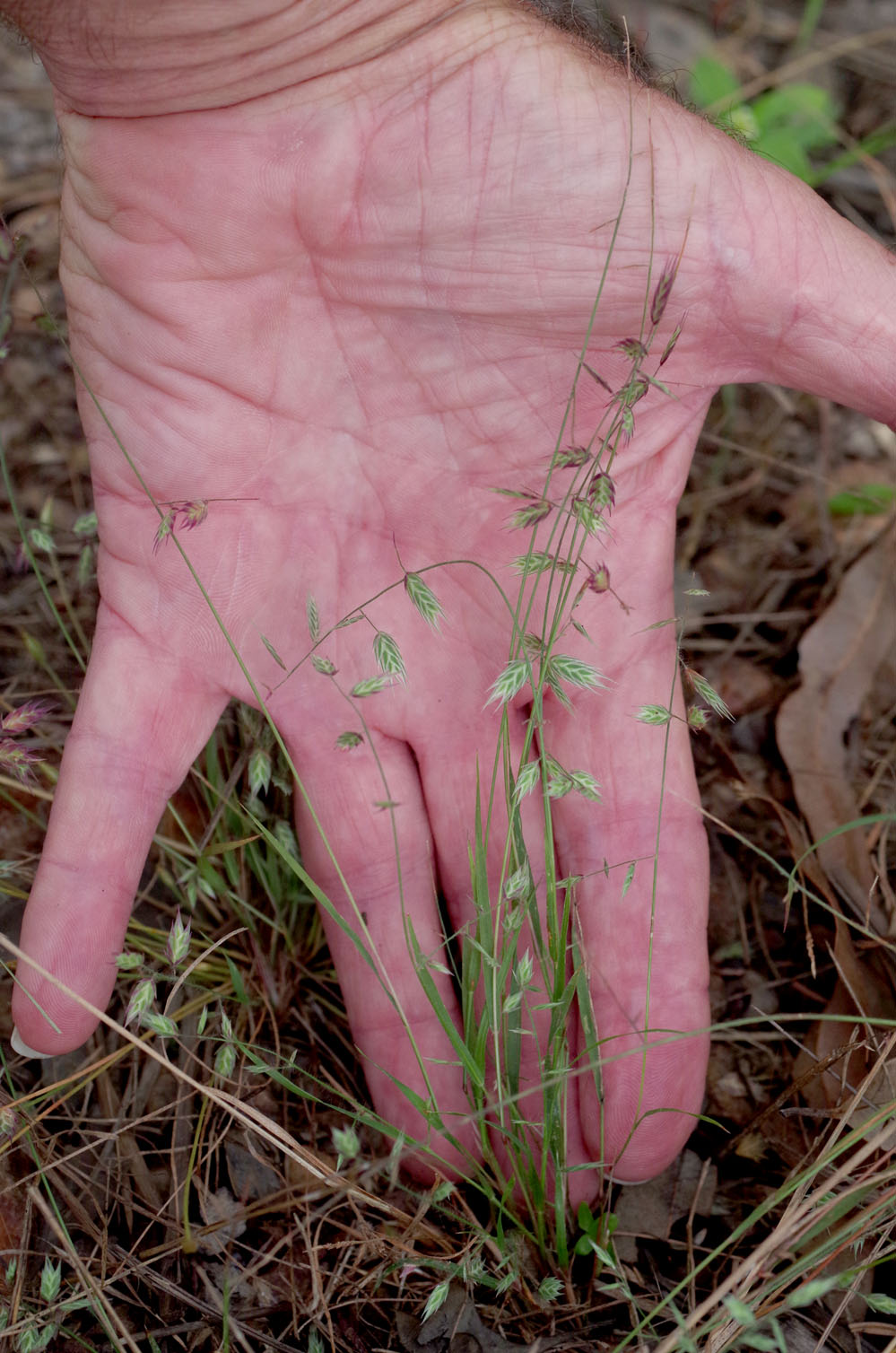
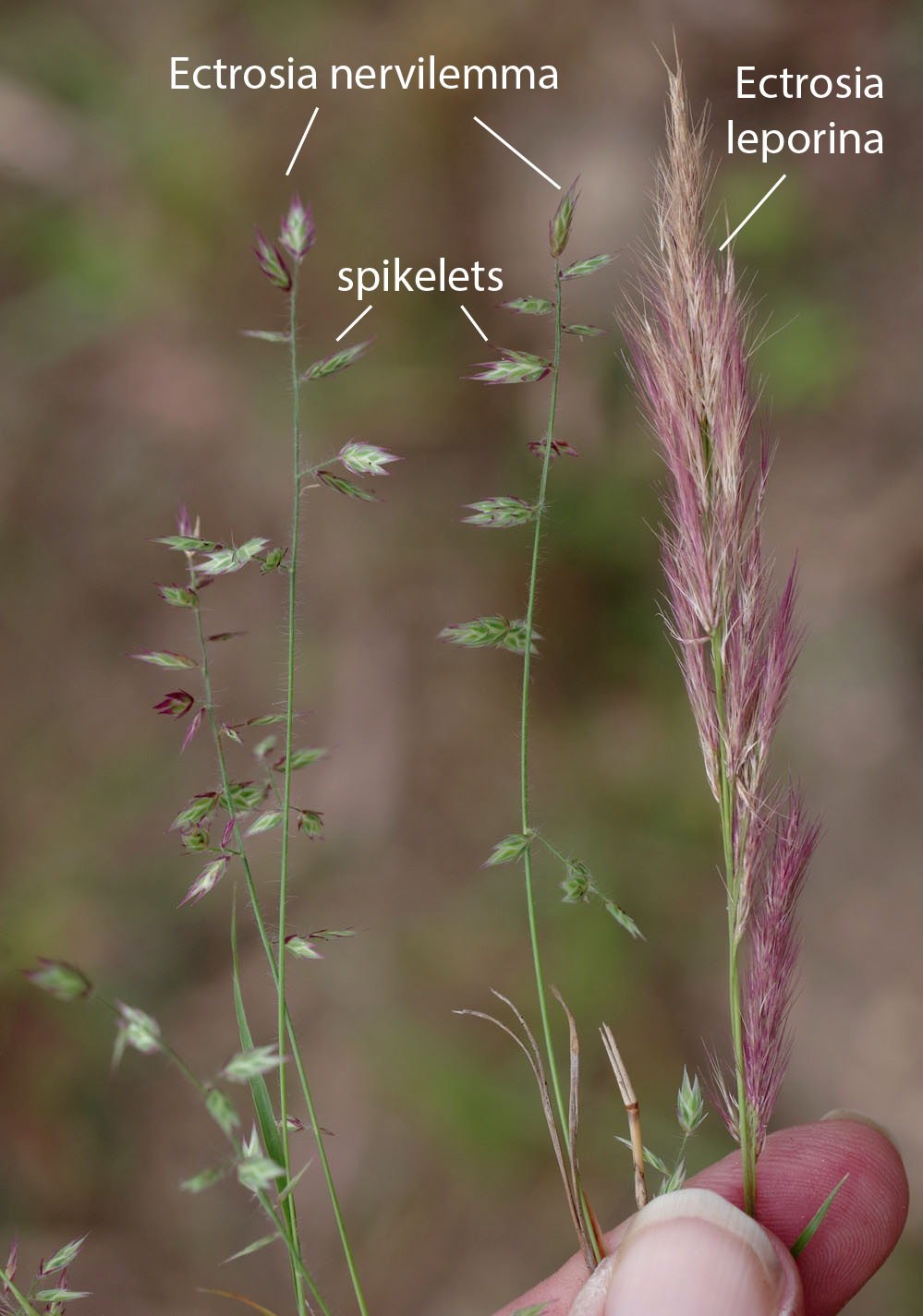
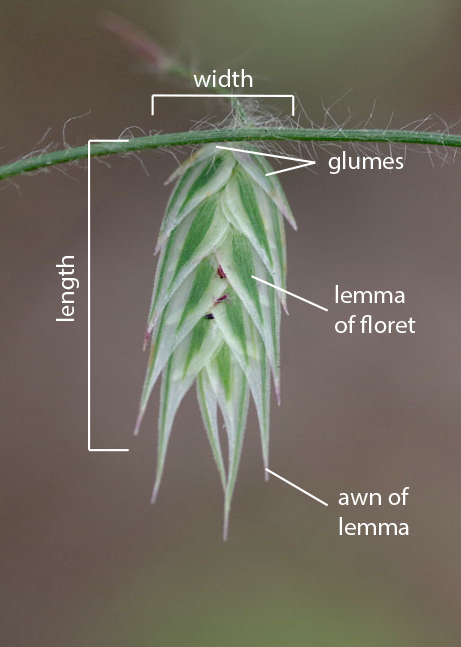
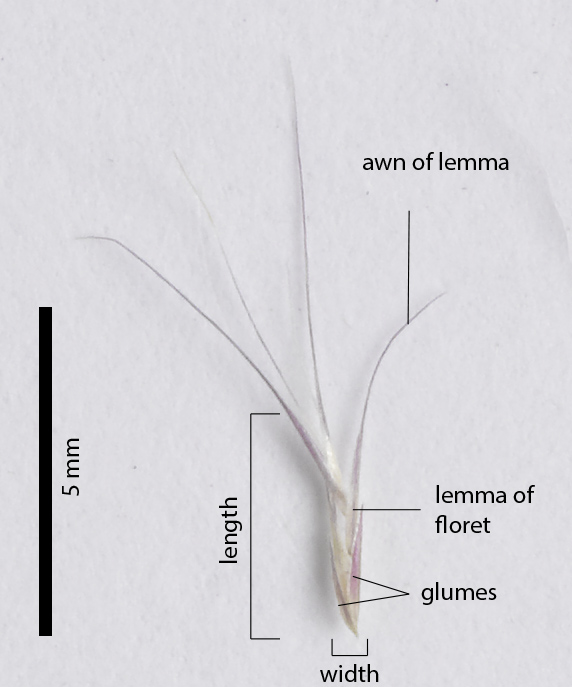
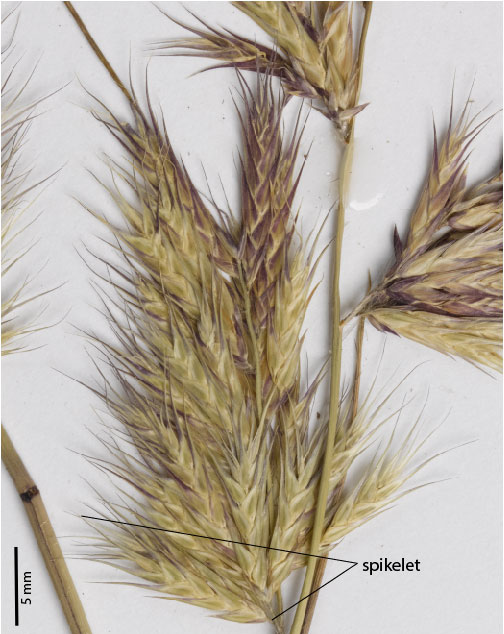
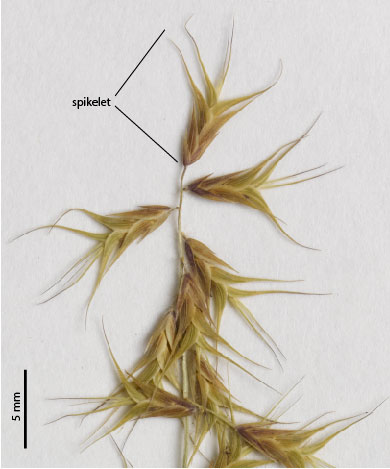
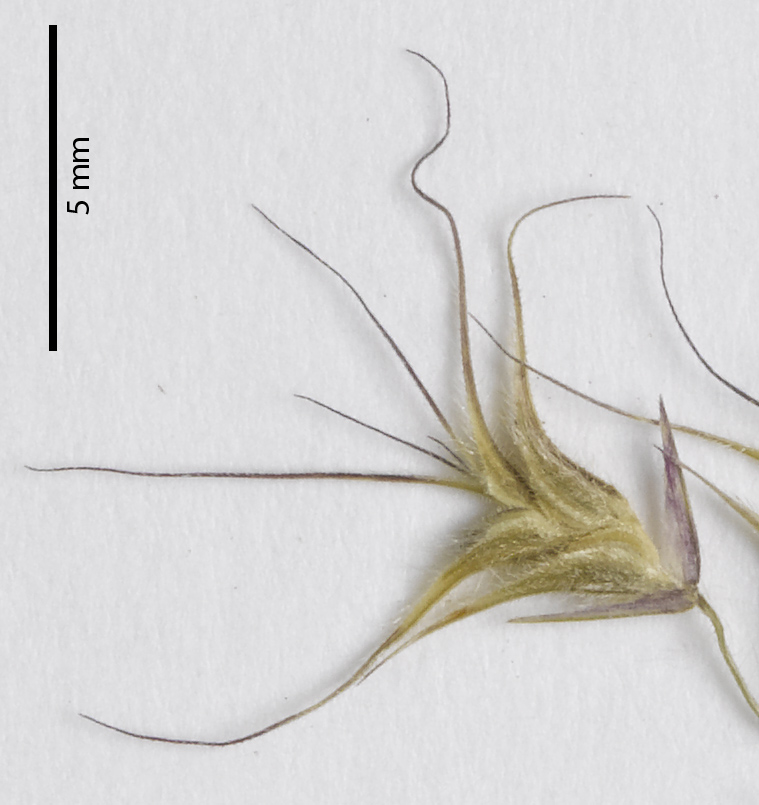
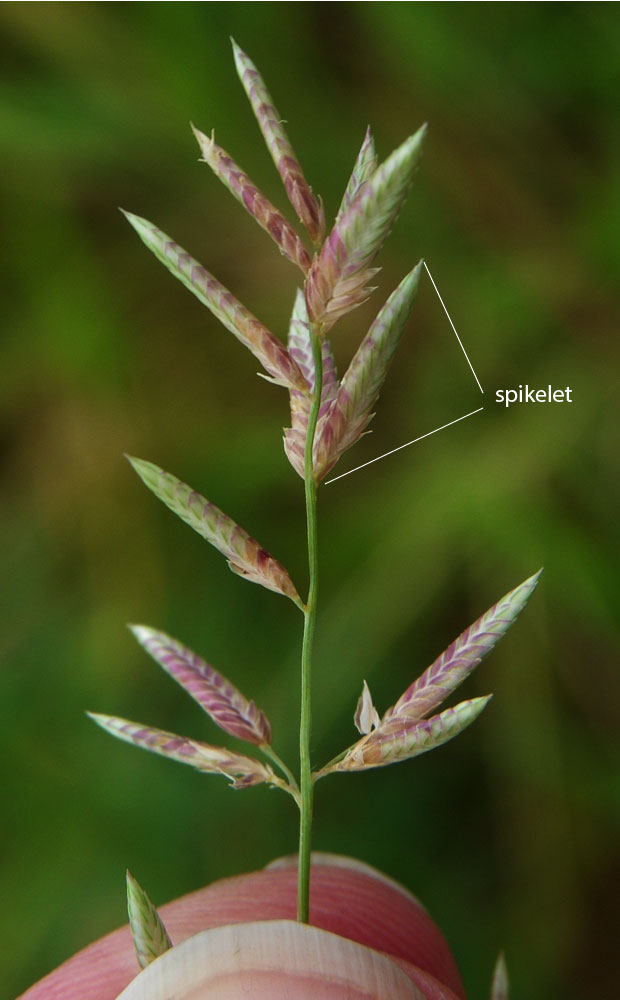
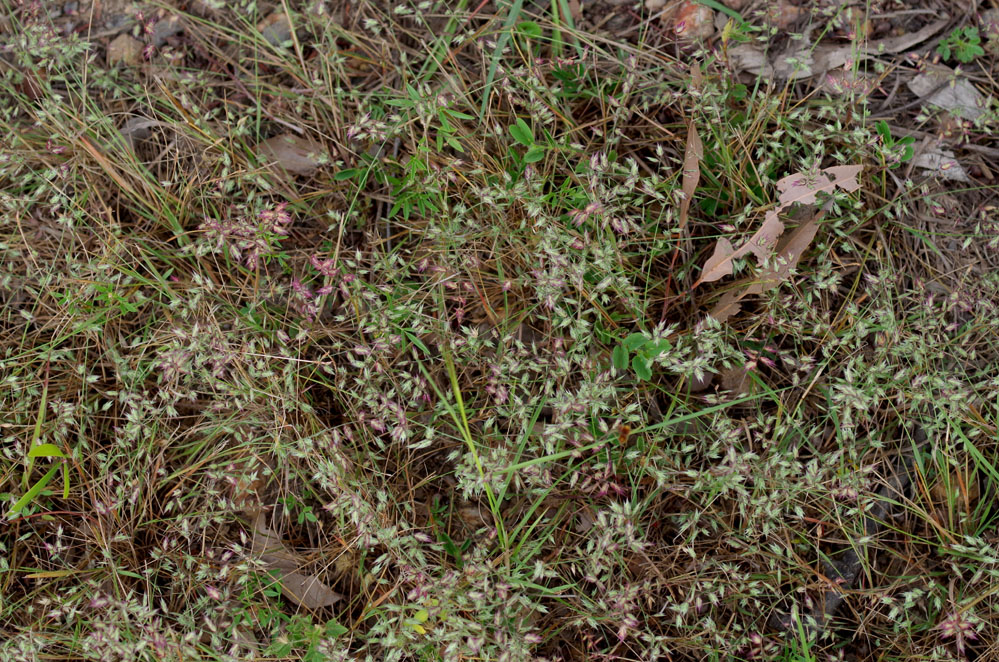
Resources
AVH (2018) Australia’s Virtual Herbarium, Council of Heads of Australasian Herbaria, <http://avh.chah.org.au>, accessed 8 Feb 2018.
Crowley, G.M., Garnett, S.T. and Shephard, S. (2004). Management guidelines for golden-shouldered parrot conservation. Queensland Parks and Wildlife Service, Brisbane.
Garnett ST and Crowley GM. 2002. Recovery Plan for the golden-shouldered parrot Psephotus chrysopterygius 2003-2007. Report to Environment Australia, Canberra. Queensland Parks and Wildlife Service, Brisbane.
Nightingale, M.E. & Weiller, C.M. in Mallett, K. (ed.) (2005), Ectrosia. Flora of Australia 44B: 438-439, Fig. 66B-C
Simon, B.K. (1986), Planichloa (Poaceae, Chloridoideae, Eragrostideae) a new grass genus from Northern Queensland. Austrobaileya 2(3): 212, figs 1-6.
Simon, B.K. & Alfonso, Y. (2011) AusGrass2, http://ausgrass2.myspecies.info/accessed on [8 February 2018].

